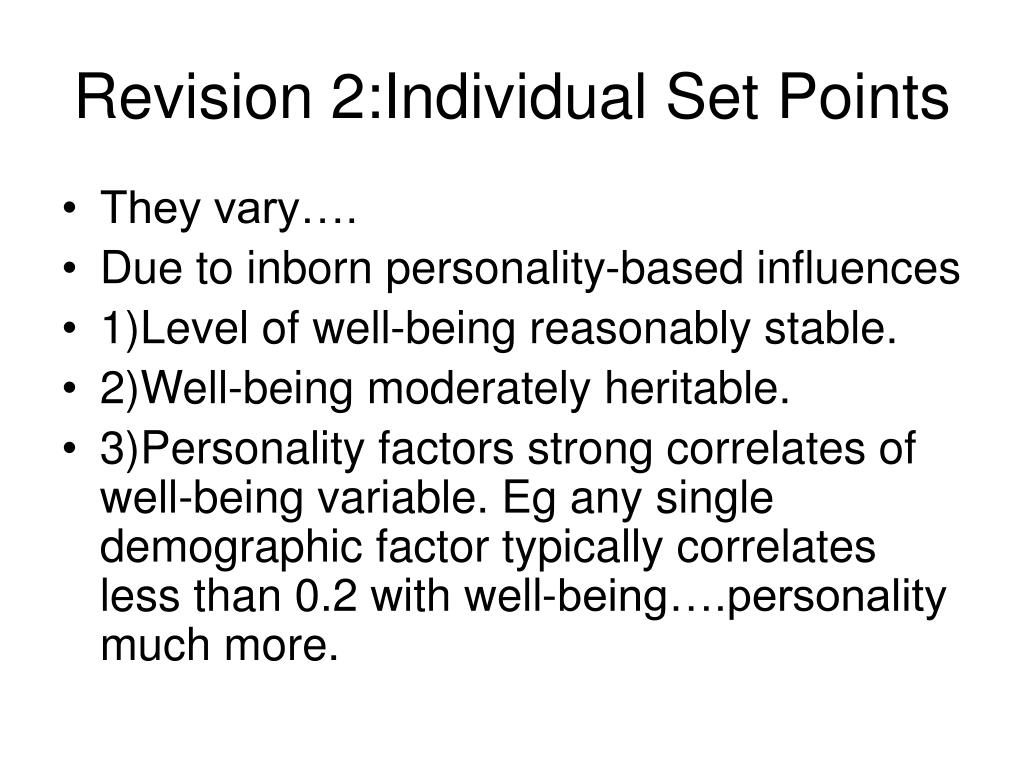

This sets the stage for a very difficult journey into sobriety.įurthermore, a change in the hedonic set point affects an individual’s feeling of wellbeing and euphoria and ability to deal with stress and negative emotions. The Hedonic treadmill effect, also known as hedonic adaption, is the theory that after a positive or negative event, people rather quickly return to a baseline level of well-being. This is very important to understand because even after an individual recovers from withdrawal associated with the chemical dependency and physiological adaptations return to normal there is still the presence of these powerful memories to increase the chance of relapse.ĭopamine tells the brain it wants the chemical, Glutamate tells the brain it really likes the chemical, the pleasure center of the brain incites the cue to take action, and the only line of defense is the pre-frontal cortex which is not functioning properly in the alcoholic or addict. it creates greater pleasure than food, fun, family and other forms of recreation it decreases anxiety it is effective in acute response to stressors. The prefrontal cortex memorizes the response of the dopamine reward system to the use of the chemical and relates the fact that this is increased from many other stimulants. Similarly, alcohol and drug use are stored in this same way. The individual is not born knowing that this is the desired response to the stress caused by a decrease in core temperature, yet very likely it is their first impulse. This desire is the result of long-lasting and powerful memories stored from learned experiences. When something is found to be efficient and effective in dealing with stressors and maintaining homeostasis it is stored for later reference.įor example, a decrease in temperature invokes, for most individuals, the desire to add layers of clothing or cover up with a blanket. These memories are a result of information sharing between the prefrontal cortex and the dopamine reward system. Happiness is a subjective concept, so it is often more useful to use the term well-being. Practicing gratitude and finding contentment in life is not a solution to all of your life’s woes, but it’s a start to appreciating what we do have, whether that’s good or bad.Addiction is caused, in part, by powerful and long-lasting memories of the drug experience and relapse caused by exposure to cues associated with these memories and is a major problem in the treatment process. People spend much of their lives trying to find happiness and fulfillment. A Neuroadaptive Model of Craving Scientists believe that a gradual and, perhaps, permanent adaptation of brain function (i.e., neuroadaptation) to the presence of alcohol is a central feature in the development of alcohol dependence (7,8). We should be asking what already makes me happy. This concept is incredibly complex, yet simple.

So although we can continually chase more highs of happiness (drugs, sex, alcohol, fame, fortune) we can never be truly satisfied.Īnd on the polar opposite emotions from loss, heartbreak, failure are also temporary.

Our positive or negative life events are only short term, and we quickly return to our baseline level of happiness. It argues that our baseline of happiness or hedonic set point stays largely the same. The Hedonic Treadmill theory assumes that our level of happiness remains relatively the same, despite our circumstances.


 0 kommentar(er)
0 kommentar(er)
